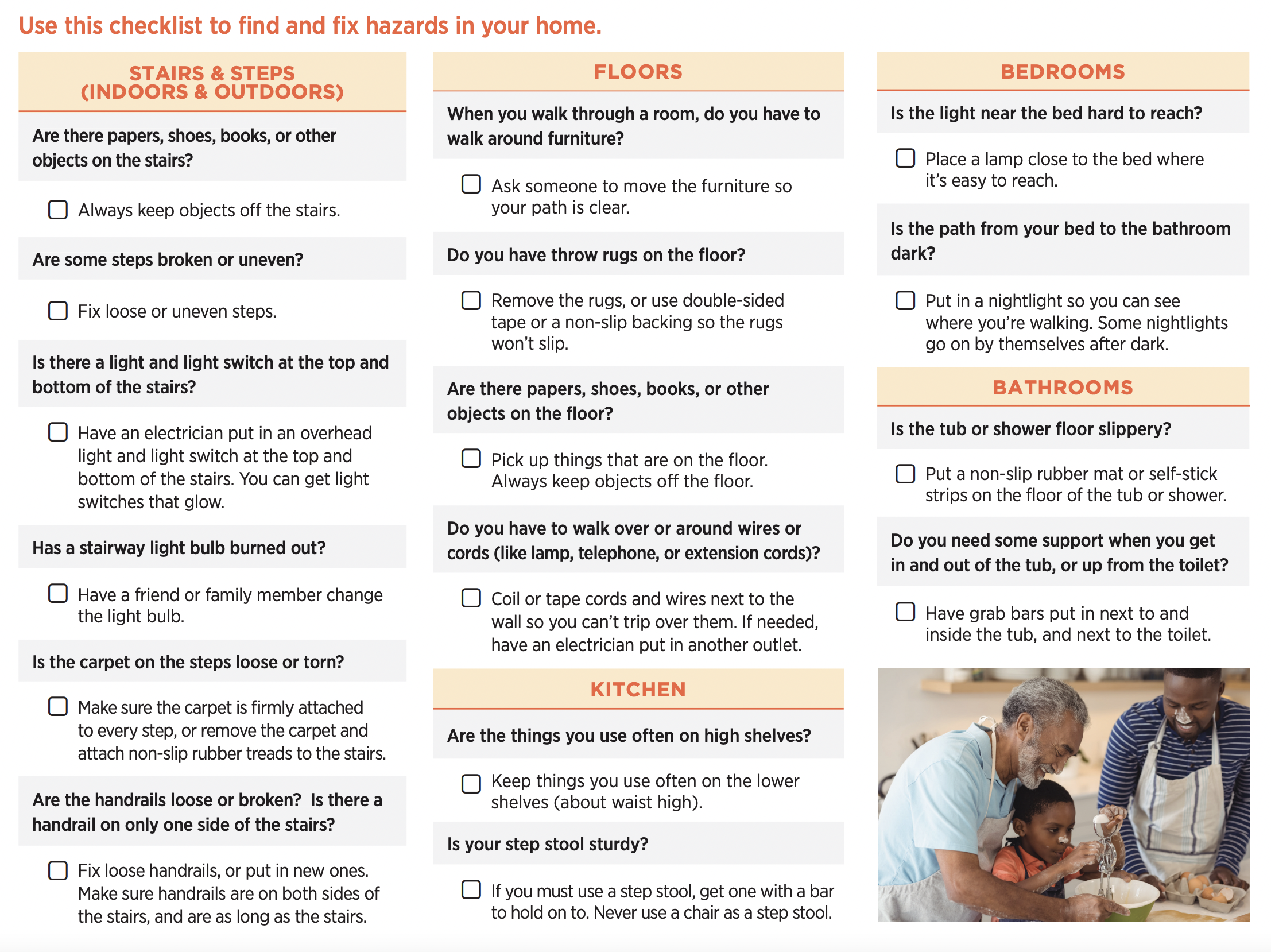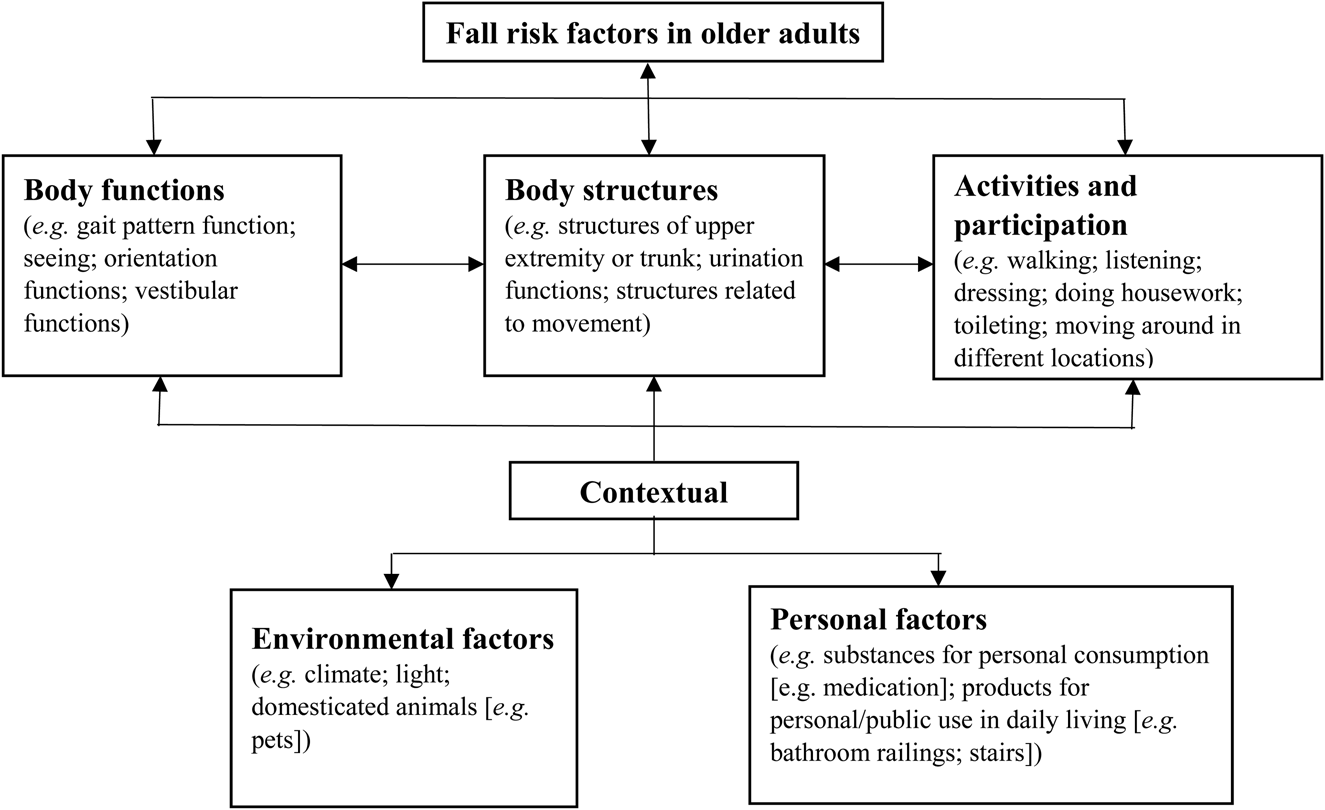Rumored Buzz on Dementia Fall Risk
Table of ContentsDementia Fall Risk for Dummies3 Simple Techniques For Dementia Fall RiskDementia Fall Risk - The FactsExcitement About Dementia Fall Risk
A fall danger evaluation checks to see just how likely it is that you will certainly drop. The assessment normally consists of: This consists of a series of concerns concerning your total health and if you've had previous drops or troubles with balance, standing, and/or strolling.Treatments are suggestions that may decrease your risk of falling. STEADI consists of 3 steps: you for your risk of falling for your threat aspects that can be enhanced to try to prevent drops (for instance, balance issues, impaired vision) to reduce your threat of falling by using effective strategies (for instance, supplying education and resources), you may be asked numerous concerns including: Have you dropped in the past year? Are you worried concerning dropping?
After that you'll take a seat once more. Your provider will examine for how long it takes you to do this. If it takes you 12 seconds or more, it may imply you go to greater threat for an autumn. This test checks stamina and balance. You'll being in a chair with your arms crossed over your breast.
The positions will certainly obtain more challenging as you go. Stand with your feet side-by-side. Move one foot halfway ahead, so the instep is touching the big toe of your other foot. Relocate one foot totally in front of the various other, so the toes are touching the heel of your various other foot.
Our Dementia Fall Risk Statements
Many falls take place as a result of several contributing factors; therefore, taking care of the risk of dropping begins with identifying the variables that add to fall threat - Dementia Fall Risk. A few of one of the most appropriate risk variables include: Background of prior fallsChronic clinical conditionsAcute illnessImpaired gait and equilibrium, lower extremity weaknessCognitive impairmentChanges in visionCertain risky medications and polypharmacyEnvironmental factors can likewise enhance the threat for falls, consisting of: Insufficient lightingUneven or harmed flooringWet or slippery floorsMissing or damaged hand rails and get barsDamaged or poorly equipped equipment, such as beds, mobility devices, or walkersImproper usage of assistive devicesInadequate supervision of the people staying in the NF, including those that exhibit aggressive behaviorsA effective autumn threat management program calls for a complete clinical evaluation, with input from all participants of the interdisciplinary team

The treatment plan must likewise consist of interventions that are system-based, such as those that promote a safe environment (appropriate lighting, hand rails, order bars, and so on). The efficiency of the interventions should be evaluated occasionally, and the treatment plan revised as necessary to reflect adjustments in the loss danger assessment. Implementing an autumn danger management system utilizing evidence-based ideal method can minimize the prevalence of drops in the NF, while limiting the possibility for fall-related injuries.
Dementia Fall Risk Fundamentals Explained
The AGS/BGS standard advises screening all grownups aged 65 years and older for autumn risk every year. This screening is composed of asking patients whether they have actually fallen 2 or even more times in the past year or sought clinical focus for an autumn, or, if they have not dropped, whether they feel unstable when walking.
Individuals who have fallen when without injury needs to have their balance and stride assessed; those with stride or balance abnormalities must receive added analysis. A history of 1 autumn without injury and without gait or equilibrium problems does not call for additional evaluation beyond ongoing annual autumn threat screening. Dementia Fall Risk. An autumn threat assessment is needed as component of the Welcome to Medicare evaluation

6 Simple Techniques For Dementia Fall Risk
Recording a drops history is among the top quality signs for autumn prevention and monitoring. An important part of risk assessment is a medicine testimonial. A number of classes of medications enhance fall risk (Table 2). copyright medicines specifically are independent predictors of drops. These medications tend to be sedating, modify the sensorium, and hinder balance and stride.
Postural hypotension can frequently be reduced by reducing the dose of blood pressurelowering medicines and/or quiting drugs that have orthostatic hypotension as a side impact. Use of above-the-knee assistance pipe and sleeping with the head of the bed elevated might also reduce postural decreases in blood pressure. The recommended components of a fall-focused physical assessment are shown in Box 1.

A Pull time higher than or equivalent to 12 seconds recommends high loss risk. Being unable to stand up from a chair of knee height without utilizing one's arms shows boosted fall risk.